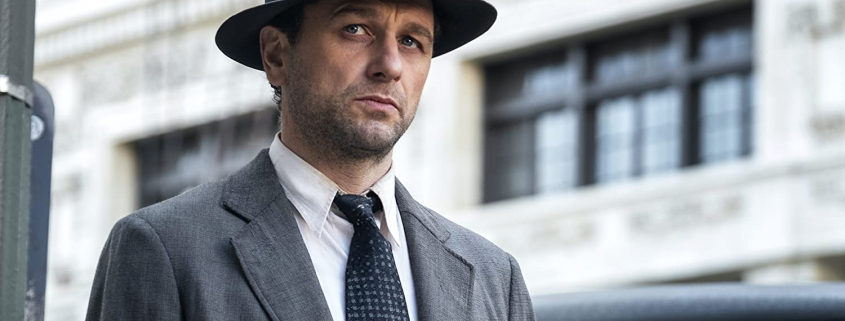REVIEW: ‘Perry Mason’ fails to stand out

A mystery more than 87 years in the making has returned to the small screen hoping to unravel the character at its core.
HBO’s limited miniseries “Perry Mason” debuted Sunday and is the fourth television iteration of Erlie Stanley Gardner’s detective fiction novels first published in 1933. A crime has been committed, and downtrodden private investigator Perry Mason’s hope for the world is fading into a Depression-era Los Angeles filled with greed, excess and evil. Despite this pessimistic outlook, Mason is drawn into a kidnapping case plaguing the city with its shocking depravity.
In the limited series’ premiere episode, “Chapter One,” a sprawling eight-episode story begins to take shape. Set in 1931, at the height of the Great Depression, L.A. stands as the lone center of excess in a nation rocked by economic hardship. The city is largely protected by its prosperous film industry, a boom in oil production and upcoming role as the host city for the 1932 Summer Olympics. But despite the city’s secure financial footing, it is morally bankrupt.
The episode opens with a thrilling sequence depicting the kidnapping that catalyzes the events of the story. Establishing the events and likely clues that will resurface later in the series, the opening also introduces the Dodson family. Charlie Dodson, the kidnapped baby, is seemingly returned to his parents, Matthew (Nate Corddry) and Emily (Gayle Rankin). The scene concludes with both parents discovering their child dead. After the opening unequivocally sets the tone for a “not your grandfather’s ‘Perry Mason,’” the titular character (Matthew Rhys) and his partner Pete Strickland (Shea Whigham) help to expose the seedy underbelly of 1930s L.A.
Necessary for the opening episode, an impressive array of actors smoothly and quickly interact with each other throughout the scenes. The errand-like nature of the first episode would usually seem dry and at times is, but it’s improved by the natural way the characters interact.
The series was originally conceived with Robert Downey Jr. in the nominal role, and thankfully Rhys eschews Downey Jr.’s glibness for a sufficiently damaged and unsmiling performance that calls back to the character’s past traumas as a World War I veteran and a father separated from his 9-year-old son. Veronica Falcón is far and away the standout of the episode in her two scenes as Lupe, Mason’s lover and the manager of the airstrip adjacent to the Mason family dairy farm. Lupe adds levity and humanity to the detective, and she would be vastly underused if her only role is as the “on-and-off” lover from next door.
The best part of the episode and what looks to be the remainder of the series is the show’s technical quality. Director Tim Van Patten grounds the episode in its tone with a neo-noir direction reminiscent of “True Detective,” or even lighter shows such as “Veronica Mars.” Employing interesting angles, Van Patten often frames Mason in a manner that complements the simplistic written narrative of Mason as a “man against the world.” Production design also works in the show’s favor; the $75 million budget is evident in the total re-creation of 1930s L.A.
As an HBO premiere episode, Perry Mason largely works. The mood, characters and mystery are established, hooking viewers for the rest of the season. But as a series attempting to break new ground, Perry Mason falls flat — so far. Updating the classic source material by adding mature content and throwing a sheen of money on it is not enough to differentiate the series from the slew of existing ones that center on a man fighting against a world in which “everybody’s got an angle, and everybody’s guilty,” as Mason describes it.


